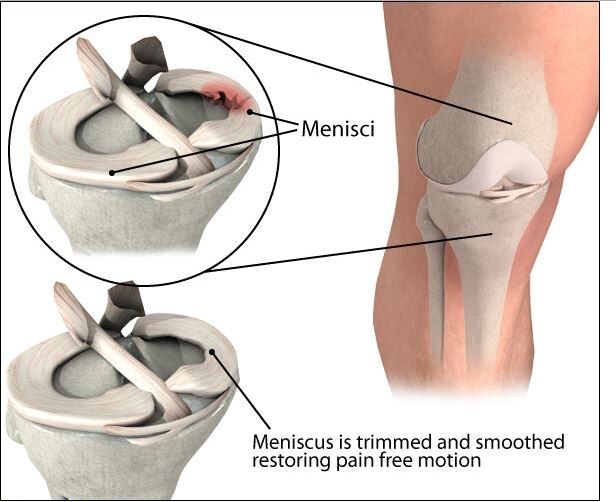- Home
- Locking of Knee Joint
Locking of Knee Joint
Locked Knee
The knees are two of the most important joints in the human body. Aside from supporting a person’s body weight, the knees enable everyday activities, such as standing up, walking, and climbing stairs.
As a result of such frequent use, the knees are prone to injury and degeneration. Both can lead to locked knee, which is where a person cannot bend or straighten their knee.
There are two types of locked knee: pseudo and true locked knee. Keep reading for more information about their causes, symptoms, and treatments.

What is locked knee ?
Locked knee occurs when a person is unable to either bend or straighten their knee. There are two types.
Pseudo locked knee
Pseudo locked knee occurs when severe knee pain triggers the knee muscles to spasm and contract.
It is an automatic defense mechanism that the body uses to discourage movement of the knee. Restricting the knee in this way helps prevent further damage.
Although muscle tightening and swelling make bending or straightening the knee painful, the knee joint itself is not physically incapable of moving.
BOOK AN APPOINTMENT
“KNEEO Technique” For Knee Replacements
True locked knee
True locked knee occurs when something physically prevents the knee from straightening. When a person has true locked knee, their knee joint gets stuck in one position and cannTrue locked knee occurs when something physically prevents the knee from straightening. When a person has true locked knee, their knee joint gets stuck in one position and cannot move at all.ot move at all.
Causes
Causes of true locked knee
Some potential causes of true locked knee include:
Meniscal tear
The menisci are two pieces of ‘c’-shaped cartilage that sit either side of the knee joint. They act as a cushion between the bones of the shin and thigh. If a meniscus tears, a fragment can break away and become stuck in the knee joint, causing the joint to lock. A meniscal tear can occur during forceful twisting or rotation of the knee. Other causes include overuse and degenerative changes to the knee.
Loose bodies in the knee
Like cartilage, bone fragments can also embed themselves in the knee joint, causing it to lock. Loose bodies such as cartilage and bone fragments can occur due to injury or osteoarthritis.
Patella dislocation
Certain injuries to the knee can cause the kneecap, or patella, to move out of position. This is called patella dislocation. It can cause the knee to lock during extension.
Knee joint inflammation
If the structures within the knee joint become swollen and inflamed, they may prevent extension of the knee. Swelling could occur as a result of injury, overuse, or osteoarthritis.
Symptoms
Symptoms of pseudo locked knee
The main symptom of pseudo locked knee is pain. A person may also experience the following symptoms:
- a brief locking sensation in the knee
- a sensation that the knee is catching
- a feeling of looseness or instability in the knee
Symptoms of true locked knee
The primary symptom of true locked knee is the inability to straighten the knee. In some cases, a person with true locked knee may experience pain, as well.
If a loose body within a joint is causing true locked knee, a person might experience other signs and symptoms, including:
- chronic stiffness in the knee
- difficulty straightening the knee fully
- popping sensation in the knee
- feeling a bump at the site of the loose body
- intermittent pain and swelling


